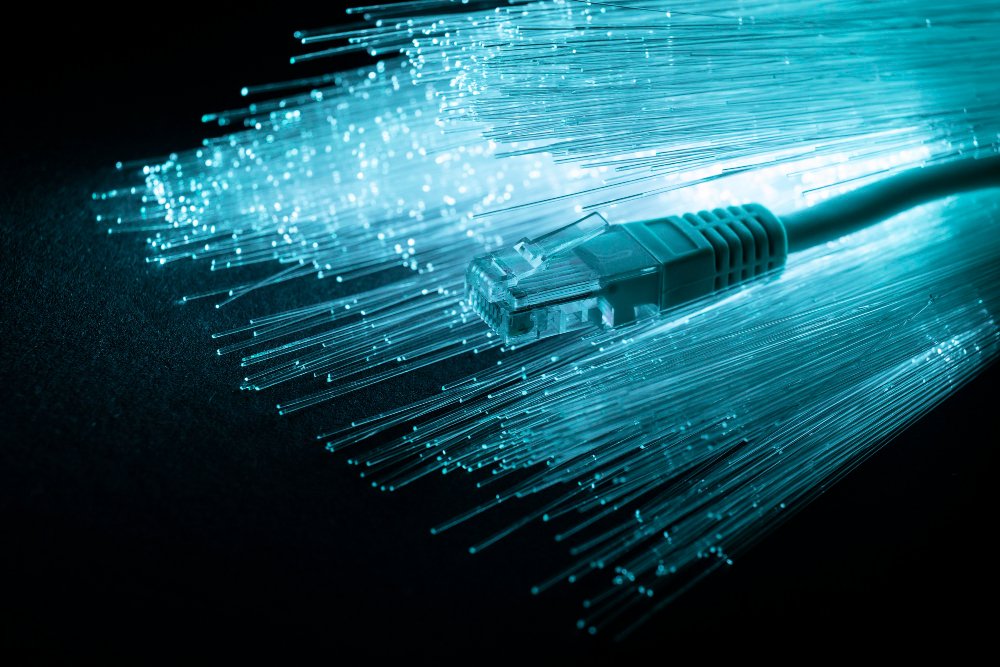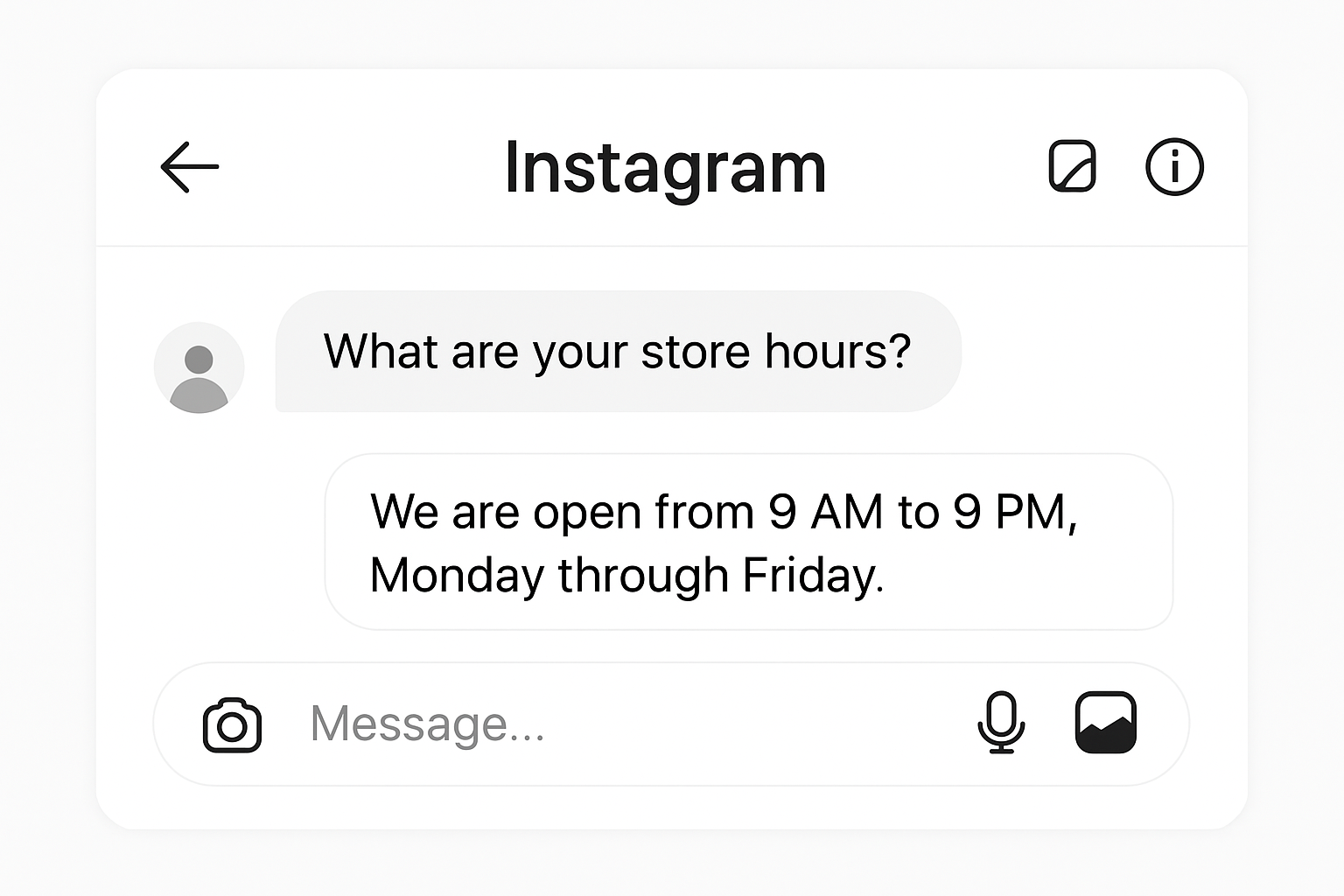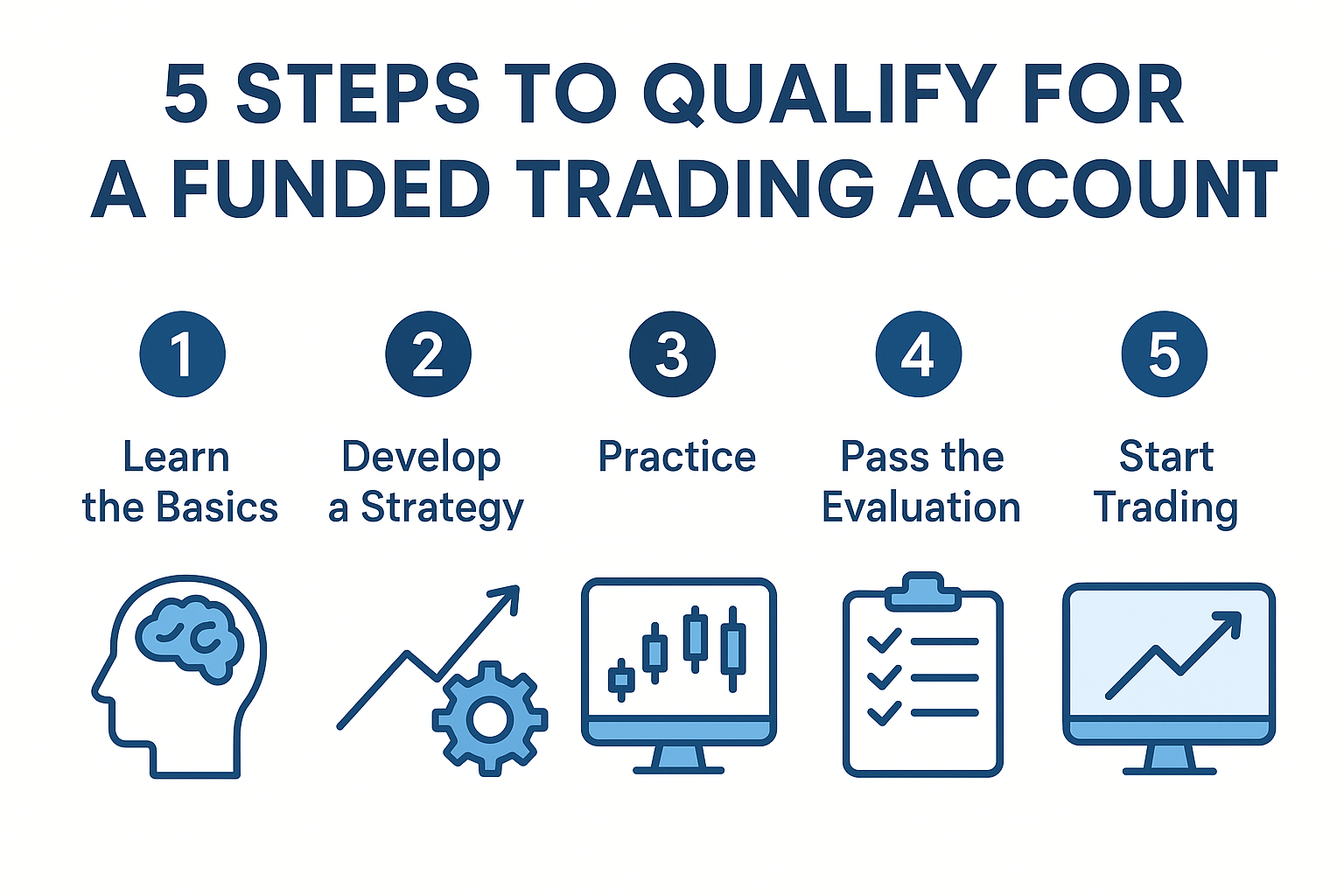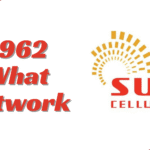What Are the Three Types of Fiber Optic Cable?
Businesses today recognize the advantages of high-speed internet. Many are unaware of the advantages of fiber; it goes beyond DSL and cable internet to truly transform companies of every size.
As bandwidth is in demand, more ICT professionals are examining fiber optic cable costs more closely. Before deciding on the best cable for your application, consider the benefits associated with fiber.
What Is Fiber Optic Cable
Fiber optic cable consists of thin strands of glass fibers that transmit information using laser lights or LEDs modulated with data. The cables consist of thousands of fibers insulated by a protective jacket. Internal cladding bounces light inward with each fiber to prevent signal loss. This is a complex system requiring rigorous systems, tools, and processes.
In the constantly evolving and fast-paced world of business, the expectation is that information is available directly and quickly. To keep a company on the cutting edge, high-standard VoIP and fiber optic cable solutions are essential for growth and success.
Fiber optic cables are integral in the modern communication system enabling data transmission at high speeds over long distances. Here are three primary types of fiber optic cables for distinct environments and applications.
Types of Fiber Optic Cables
SMF – single-mode fiber
Single-mode fiber has a small core of roughly 10 micrometers in diameter, allowing only one light mode for propagation. It’s ideal for cable TV, telecommunications, and internet connections with dispersion over long distances and minimized signal attenuation.
It has high bandwidth capacity and transmits longer distances, but the investment is higher compared to other types.
MMF – multi-mode fiber
This fiber optic cable offers a larger core of roughly 60 micrometers, allowing multiple light modes to propagate. This enables data transmission over a shorter distance, approximately 500 meters for communication and up to as much as 2 kilometers in some instances.
These are common in LANs – local area networks, data centers, and other short-haul applications. It’s cost-efficient compared to SMF but the bandwidth is lower, and the transmission distance is shorter.
POF – Plastic Optical Fiber
This cable consists of plastic material and is designed for extremely short data transmission ranges. It consists of a larger core as great as 1 millimeter in diameter allowing simplified installation and connection. These are common in home or auto networks and digital audio interfaces.
The cost is efficient, and handling is simple, but the bandwidth is low, and distance transmission is minimal compared to glass fiber optics.
The specific application requirements will discern the choice between the different fiber optic types. Each offers distinct advantages making them suited to different purposes and environments.
Benefits of Fiber Optic Communication for Businesses
Reliable and secure internet access is a must in the modern business landscape. How can fiber optic communication benefit your company? Consider the following advantages.
The connectivity
Most businesses rely on high-speed for high performance and optimum productivity. Business owners want to avoid inconsistent connectivity instead of having a network system they can rely on all the time.
Fiber optic connections function at higher speeds than copper wire networks and maintain signal strength. This means your devices, computers, and connections achieve the highest speeds for a resilient network capable of handling more with increased performance. Read here for details on how fiber optics work.
The bandwidth
Fiber optics’ increased capabilities mean your connections offer higher allocated bandwidth and overall better performance.
Some skilled installation professionals provide a bandwidth suite for companies ranging up to 100 Gbps, translating to incredibly reliable and fast communication with unlimited access and no cost for data overages.
Durable and reliable
Standard copper cable systems are known for data transmission inconsistencies due to things as simple as temperature fluctuations and weather conditions. Fiber options are vibrant with minimal signal loss or interference making them incredibly reliable.
This is due to the lightweight, thin nature of the solutions. Fiber optics are also more secure due to a lack of electromagnetic signals. Hackers are challenged to intercept data, putting your company at risk. That’s crucial for businesses that handle sensitive information.
Accessibility
Fiber internet is gradually gaining favor. Most of the US has access to cable internet with roughly l90 percent coverage throughout the country. Setting these systems up is relatively simple by choosing a cable provider for skilled installation and selecting a plan to suit your business.
While it’s gaining popularity, fiber optic networking is still not as accessible throughout the US particularly in remote or rural areas with slower connection speeds. In the next few years, access will be more readily available as access becomes widespread.
Fiber optic networking has a range of benefits for business such as cost-efficiency, high performance, speed, and reliability. Reach out to a professional provider to get more information and set up a service.


















But a smiling visitor here to share the love (:, btw great design.